Yes, modern electric fireplaces are one of the safest heating options you can choose for your home. They are engineered from the ground up with multiple layers of protection that eliminate the risks associated with traditional wood or gas fireplaces.
However, like any electrical appliance, safe operation is key. This guide will address your most pressing safety questions—from fire risk to leaving them on overnight—explain the built-in features that keep you safe, and provide a simple checklist for worry-free use.
Key Safety Features at a Glance
What makes electric fireplaces so safe? It comes down to these core technologies:
- Cool-to-Touch Surfaces: The glass and casing stay cool, making them safe for curious children and pets.
- Automatic Overheat Protection: An internal sensor automatically shuts the unit off if it detects an unsafe temperature.
- No Flames or Emissions: They produce zero real flames, smoke, or harmful gases like carbon monoxide. No venting is required.
- Sturdy, Stable Construction: Unlike portable space heaters, fireplace TV stands and wall-mounted units are very stable and unlikely to be tipped over.
Can an Electric Fireplace Cause a Fire?
The risk of an electric fireplace causing a fire is extremely low when used correctly, precisely because it has no real flame. The most common hazards are not from the fireplace itself, but from improper electrical use.
To prevent any risk, always plug the fireplace directly into a wall outlet—never use an extension cord or power strip. Ensure the power cord is not damaged and keep flammable items like curtains, blankets, and furniture at least 3 feet away from the unit's heater vent.
Is It Safe to Leave an Electric Fireplace On All Night?
While you can, the safest practice is to use the built-in timer or thermostat features. Modern electric fireplaces are designed for this. You can set a timer (e.g., for 2 hours) or set a target temperature. Once the time is up or the room is warm, the heating element will automatically shut off, leaving only the beautiful (and energy-efficient) flame effect running. This gives you peace of mind and saves energy.
Do Electric Fireplaces Get Hot to the Touch?
No. As mentioned in our key features, the exterior surfaces and glass front are designed to stay cool. The heat is generated internally and gently circulated into the room by a fan. This "cool-touch" design is a major safety advantage, especially for families with small children and pets who may touch the unit.
Do They Produce Carbon Monoxide or Affect Air Quality?
No. Electric fireplaces do not burn any fuel, so they produce zero carbon monoxide, smoke, soot, or any other harmful emissions. This makes them an excellent choice for maintaining healthy indoor air quality and for individuals with allergies or respiratory sensitivities.
Are Electric Fireplaces Safer than Space Heaters?
Yes, in general, they are. Their stability (especially TV stand or wall-mounted models) makes them far less likely to tip over than a portable space heater. Additionally, their enclosed heating elements and advanced safety features like automatic shut-off provide a higher level of built-in protection.
Can You Put an Electric Fireplace on the Carpet?
Generally, yes. Because the heat is directed out and away from the unit, not down, placing them on most low-pile carpets is safe. However, always ensure the unit is on a stable, level surface and that the air intake vents are not blocked by thick carpet fibers. For high-pile or shag carpets, placing a non-flammable hearth pad underneath is a good precaution. Always check the manufacturer's specific instructions.

Safety Tips When Using an Electric Fireplace
Electric fireplaces are generally safe to use, but you need to follow some basic safety guidelines to prevent accidents. Here are the essential safety measures to protect your home and family:
- Plug your fireplace directly into a wall outlet. Don't use extension cords or power strips, as they can overheat.
- Keep flammable items like curtains, furniture, and decorations at least 3 feet away from the unit.
- Check the power cord and plug regularly for signs of wear, damage, or fraying.
- Install your fireplace in a dry area. Avoid bathrooms or areas prone to moisture.
- Turn off and unplug the unit when you're away for long periods.
- Keep vents clear and ensure proper airflow around the unit.
- Never insert any objects into the vents.
- Place the fireplace on a stable, level surface to prevent tipping.
- Check that your home's electrical system can handle the fireplace's power requirements.
- Leave repairs to qualified professionals. Don't attempt to fix or modify the unit yourself.
By following these safety tips, you can enjoy the warmth and ambiance of your electric fireplace with peace of mind.
Shop Our Collection of Certified Safe Fireplaces
Feeling reassured? When you're ready to choose a fireplace, look for models that proudly feature their safety credentials. At Belleze, safety is integral to our design.
For a Classic, Sturdy Centerpiece: Astorga Farmhouse Fireplace TV Stand
The Astorga Farmhouse TV Stand with Fireplace is a family favorite. Its sturdy construction provides excellent stability, while the enclosed heater with overheat protection ensures worry-free warmth.

For a Sleek, Modern Look: The Mantel Free Standing Electric Fireplace
This portable Mantel Free Standing Electric Fireplace is perfect for any room. It features a programmable timer and cool-touch surfaces, making it a versatile and safe choice for adding heat wherever you need it.

The Verdict: A Safe and Stylish Choice
When used correctly, electric fireplaces stand out as one of the safest and most reliable heating options for your home. Thanks to modern safety features like cool-touch surfaces, automatic shut-off, and zero emissions, you can enjoy the warmth and ambiance without the worries associated with traditional fire.
Choose a certified model, follow basic safety practices, and get ready to enjoy a cozier, safer home.
Related:
Do Electric Fireplaces Use a Lot of Electricity?
Do Electric Fireplaces Give Off Heat?
Can You Put an Electric Fireplace in a TV Stand?



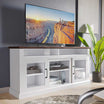

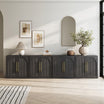
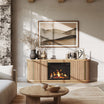



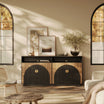
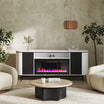
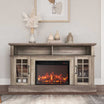
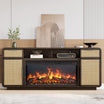
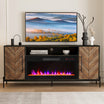
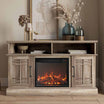
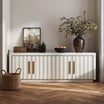
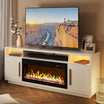
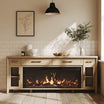
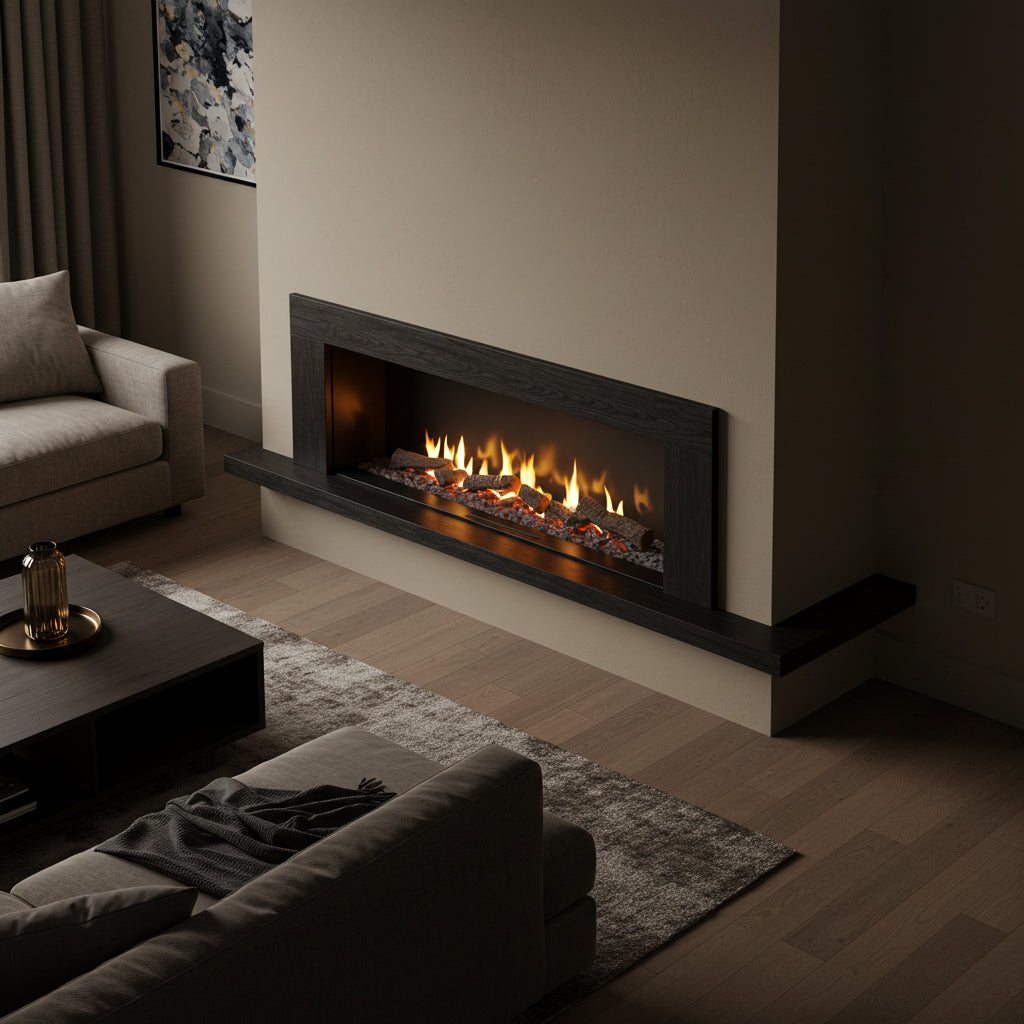


Leave a comment
This site is protected by hCaptcha and the hCaptcha Privacy Policy and Terms of Service apply.